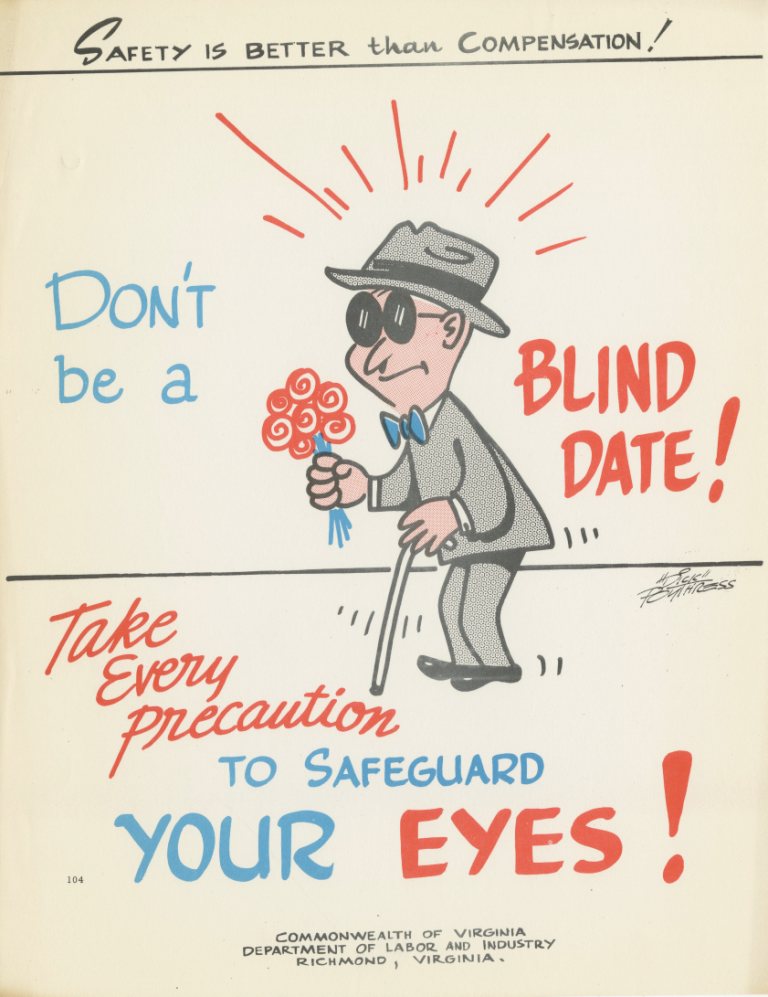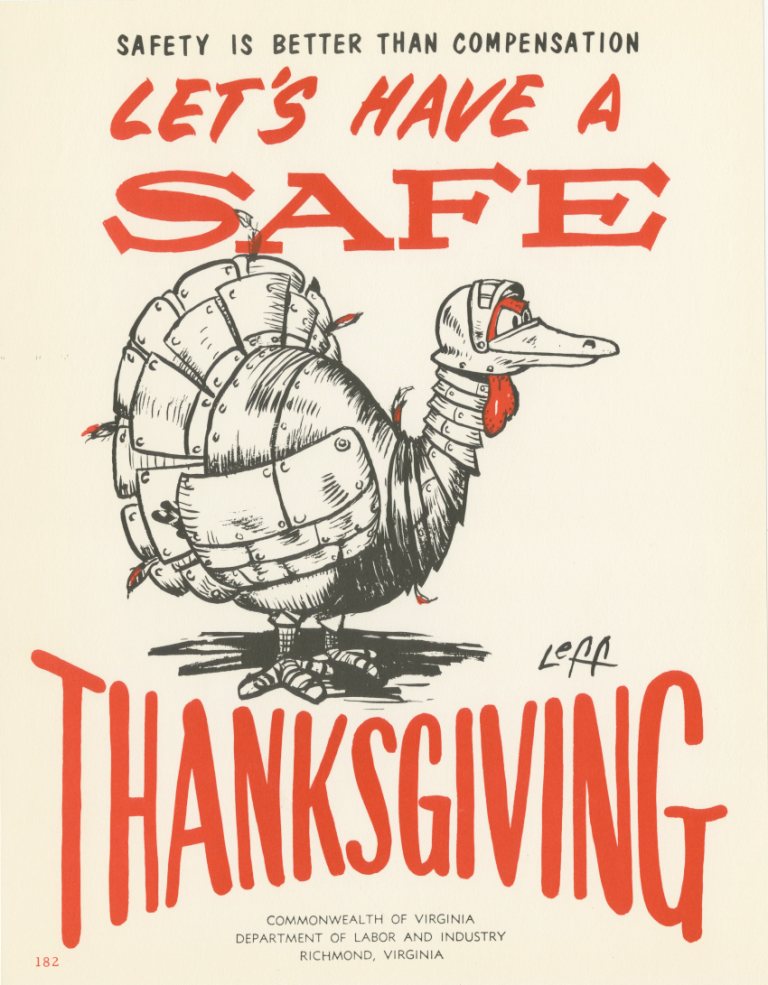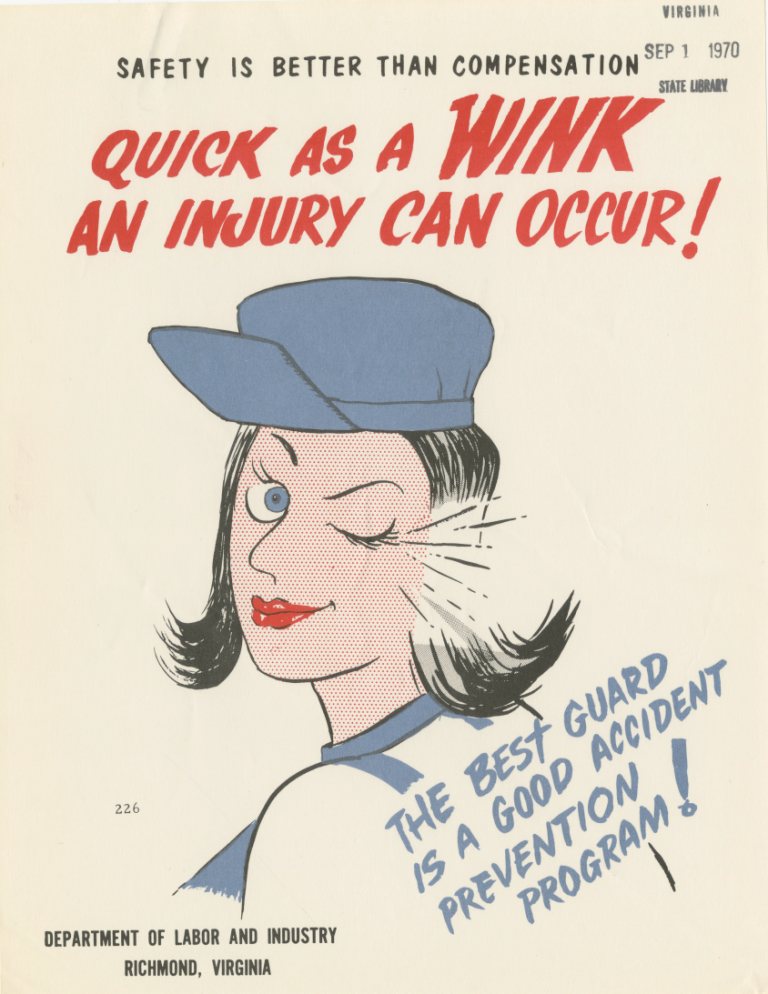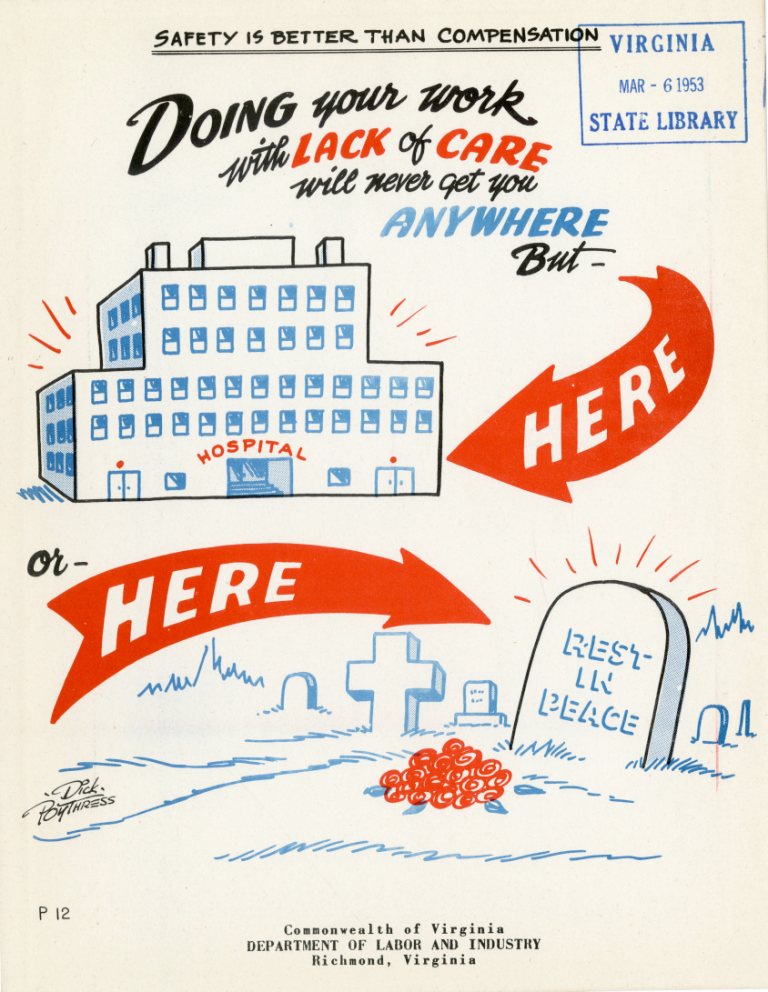Willoughby A. Reade Photograph Collection
C1: 114
1901–1910
1 album, 11 x 14 inches, containing 78 prints; 32 glass-plate negatives with corresponding contact prints
Willoughby Reade (1865–1952), author of several books, including When Hearts Were True (1907), a set of short stories set in Virginia, was born in London, England, educated at Howard College in Alabama, and served for most of his life as a professor of English at Episcopal High School in Alexandria. His first wife was Mary Wheeler Robertson, of Abingdon, Virginia, whose childhood home, the Meadows, became the Reades’ annual summer place, the site of the first national camp for girls (Camp Glenrochie, officially founded by the Reades in 1910), and one of the main subject locales for this collection.
Reade’s original platinum prints are mounted in the album with handwritten captions. The dramatic natural landmarks of White Top, Red Rock Cove, Pinnacle Rock, Backbone Rock, Watauga River, and South Holston River—environs that would have been familiar to the sporting girls of Camp Glenrochie in its heyday—appear in shots with a dreamy, almost Proustian quality. Sunlight seems to drip onto the ferny forest floors. Toward the end of the album, nature studies give way to photos of white-frocked campers at the Meadows, the great white house smothered in trees.
Arrangement and access:
The album prints are numbered sequentially, 1 through 78. Those glass plate negatives and contact prints corresponding to the … Read the rest
Willoughby A. Reade Photograph Collection Read More »





